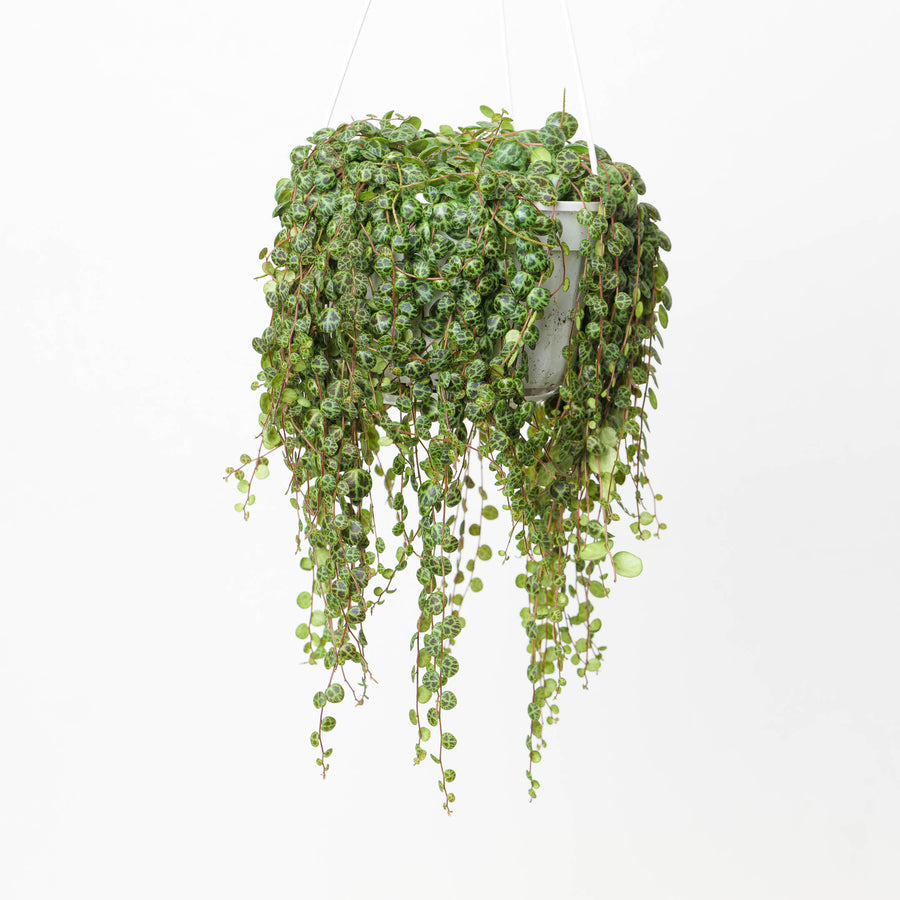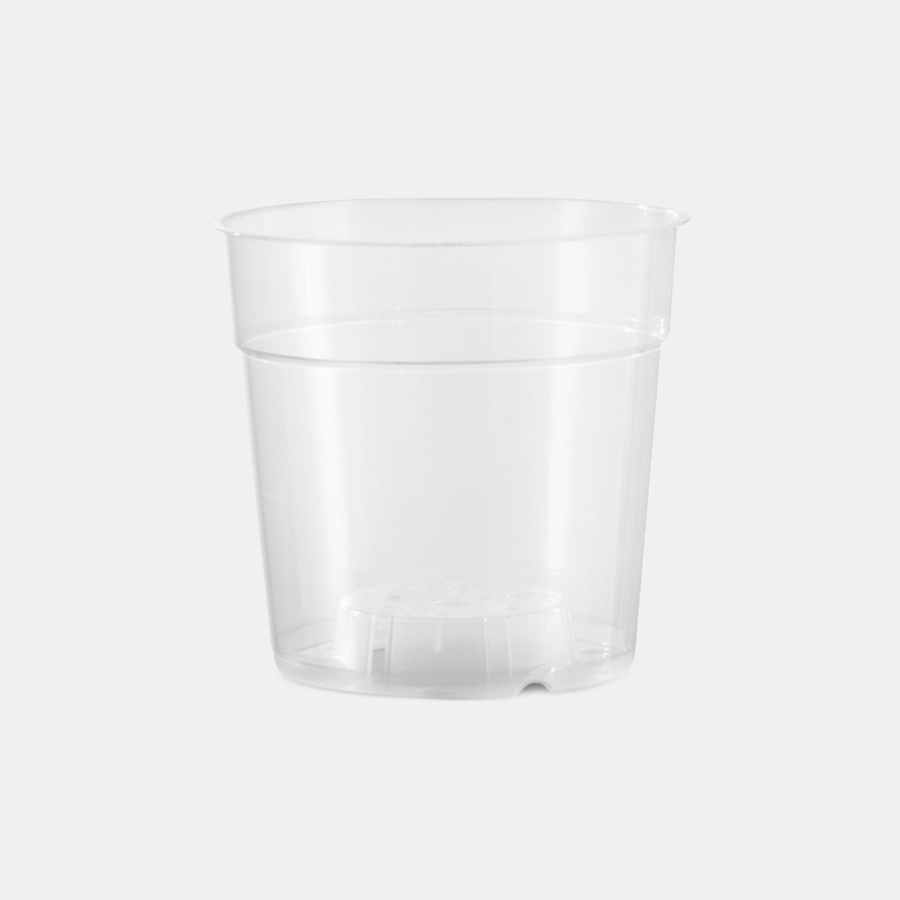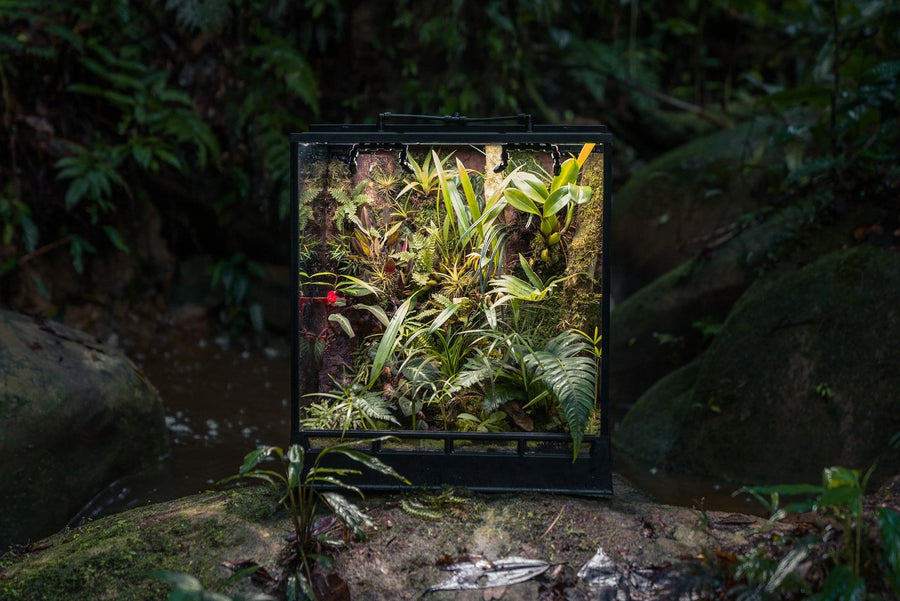Your Complete Guide to Houseplant Soils
If you’ve ever asked, “What soil is best for my plant?” you’re not alone. It’s one of the most common questions we hear, and the answer isn’t one-size-fits-all. Houseplant soil is a carefully formulated environment built to support life, and getting it right is crucial if you want your plants to thrive indoors.
But before we get into the blends, let’s cover the basics.
Why is Houseplant Soil Different to Outdoor Compost?
Outdoor garden soil and houseplant soil serve very different roles. In nature, soil works within a vast, living system. It teems with microbes, insects, and fungi. Rain comes and goes. Temperatures shift. Leaves decompose. Earthworms till the earth. All of this keeps the soil healthy and balanced with little human input.
But inside our homes, none of that happens. Houseplants live in closed containers, away from wind, rain, and living soil. That means it’s on us to recreate the right conditions — and that starts with the right soil.
Houseplant soil must:
-
Retain moisture, but drain quickly. If the mix holds too much water, roots suffocate. Too little, and the plant dries out. The balance has to be just right.
-
Allow air to reach the roots. Compacted soil cuts off oxygen, leading to root rot. A loose, aerated mix keeps roots healthy.
-
Hold nutrients without compressing. Indoor plants rely entirely on their potting mix for nutrients. It needs to store and release them slowly while resisting compaction over time.
-
Be clean and pest-free. Unlike outdoor compost, which might harbour bugs or fungal spores, houseplant soil must be sterile to avoid infestations indoors.
Indoor conditions are static. There's no rain to flush out salts. No earthworms to break up clumps. No sun-drying cycles. That puts more responsibility on the soil itself. It has to manage water, nutrients, and airflow all at once, inside a small container, often under artificial light.
That’s why using outdoor compost or garden soil for houseplants usually backfires. It’s too dense, too unpredictable, and simply not built for life in a pot.
The Key Components in Houseplant Soils
Each ingredient in an indoor soil mix contributes to specific functions. Here's what goes into high-quality houseplant substrates, and why:
Coco Coir & Coco Husk

Derived from coconut husks, these are sustainable peat alternatives. Coir holds moisture without becoming soggy, while husk adds chunkiness for airflow.
Perlite & Pumice

Lightweight volcanic materials that improve drainage and aeration. Perlite is fluffier; pumice is more durable and helps with long-term structure.
Charcoal

Absorbs toxins and excess moisture. Also helps prevent root rot and odour build-up.
Worm Castings

Nutrient-rich and packed with beneficial microbes. A slow-release, natural fertiliser that supports root and plant health.
Vermiculite

Great for water retention. Often used in moisture-loving plant mixes like Alocasia or ferns.
Bark & Tree Fern

Provide structure, drainage, and mimic the natural growing environments of epiphytic plants like orchids and Hoya plants.
Matching Soil to Your Plant’s Needs
Not all plants want the same conditions. Some crave constant moisture, others prefer to dry out between waterings. Some need airflow around their roots, while others want rich, moisture-retaining substrate. That’s why we’ve created a dedicated guide to help you choose the right soil for each plant. Here are a few common categories:
Tropical Aroids
These thrive in chunkier mixes with good aeration and moderate moisture retention. Look for mixes with bark, coco coir, and perlite.
Try: Jungle Mix, Monstera and Philodendron Mix, Anthurium Mix or Alocasia Premium Potting Mix
Cacti & Succulents
Need fast drainage and minimal water retention. Sand, grit, pumice, and lava rock do the heavy lifting here.
Try: Desert Mix or Simply Cacti & Succulent Potting Mix
Ferns
Moisture lovers that still need air at the root level. A finer mix that stays damp without becoming swampy is key.
Orchids
Epiphytes need more airflow than soil. Coarse bark, tree fern, and lava rock are ideal.
Try: Orchid Premium Potting Mix
General Houseplants
If you’re just starting out, or have a mixed collection of Calatheas, Tradescantia, Spathiphyllum or Begonia, a balanced all-purpose blend covers most bases.
Try: Simply Houseplant Mix

Custom Soil Blending
Many houseplant collectors prefer to mix their own soil blends. Creating a custom blend gives you more control over your plant’s environment and watering needs. You can adjust moisture retention, airflow, and nutrients to match your specific setup. Plus, it can be a more cost-efficient option in the long run, especially if you’re caring for a larger collection.
We stock a full Component Range, so you can build your perfect mix from the ground up. From live sphagnum moss and LECA to fine orchid bark and molar clay, every ingredient is designed to give you options and flexibility.

Peat free, always.
We don’t use peat. Not now, not ever.
Peat extraction is devastating to the planet. It destroys ancient bog ecosystems and releases huge amounts of stored carbon into the atmosphere. Once peatlands are dug up, they take thousands of years to recover, if they recover at all.
That’s why all our mixes are 100% peat-free. We believe you can grow beautiful, thriving plants without harming the environment that sustains them.
Here’s why it matters:
No matter how much light or water your plant gets, if the soil isn’t right, it won’t thrive. Investing in the right substrate isn’t a luxury — it’s essential plant care. Whether you're looking for a ready-made specialist mix or want to build your own from scratch, we’ve got the materials, the expertise, and the proof: thousands of thriving plants that started with good soil.

Want help picking the perfect mix? Visit our A-Z Potting Mix Soil Guide and find the right match for every plant in your home.






